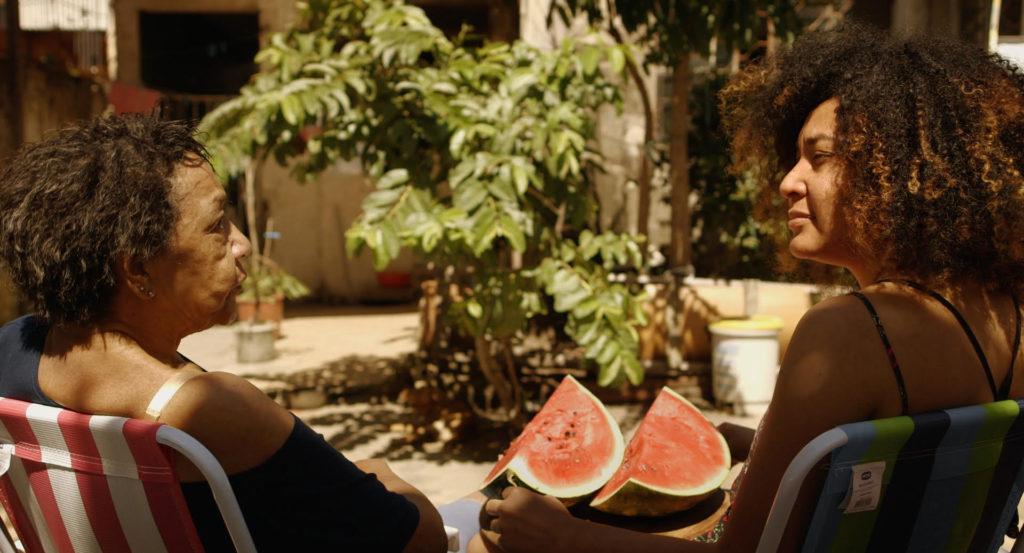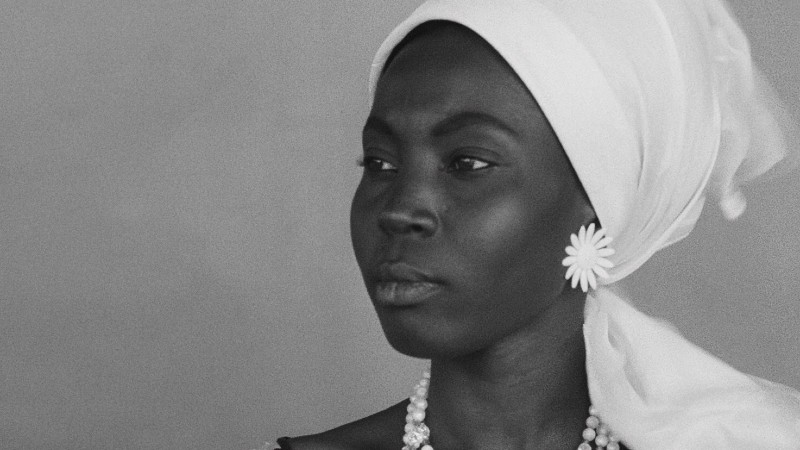Thailand is home to around 5,000 urban refugees and asylum seekers from over 51 countries. Many, such as Sara*, from Pakistan, left their home countries to escape religious persecution. "When I was 15, my mother's name was announced in our town as a target of violence," she says. "She was a teacher, and they accused her of converting children to Christianity. The same day, we went into hiding for three months. After that, we fled to Thailand."
by Ana Norman Bermudez

Sara
Monica, also from Pakistan, shares a similar story. Her father is a Christian bishop, and after word got out that he had baptised some Muslim community members, Monica’s entire family was forced to flee. “We started receiving threats,” she says. “We tried to escape to different regions but eventually had to leave the country altogether.”
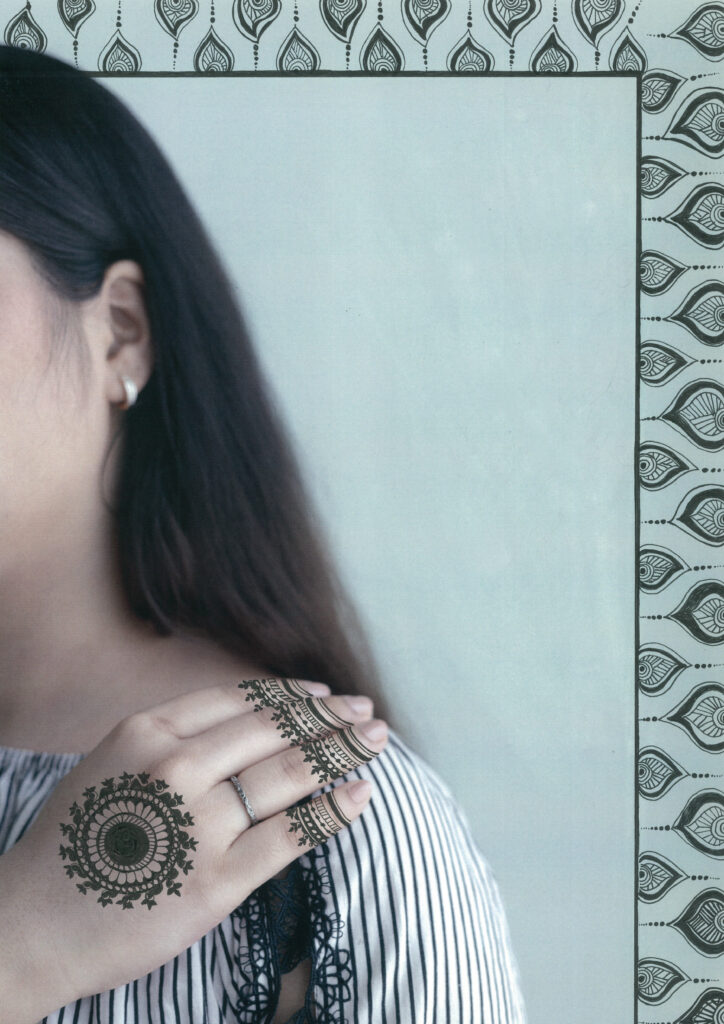
Monica
Others left as a result of political and economic pressures. Keshini and her sister Anisha, aged 25 and 18, left Sri Lanka with their family in 2014 to escape the political instability that plagued the country following the civil war. “There was a lack of safety and essential services in Sri Lanka,” she explains, “one of our sisters was already here [in Thailand], so we decided to come too.”
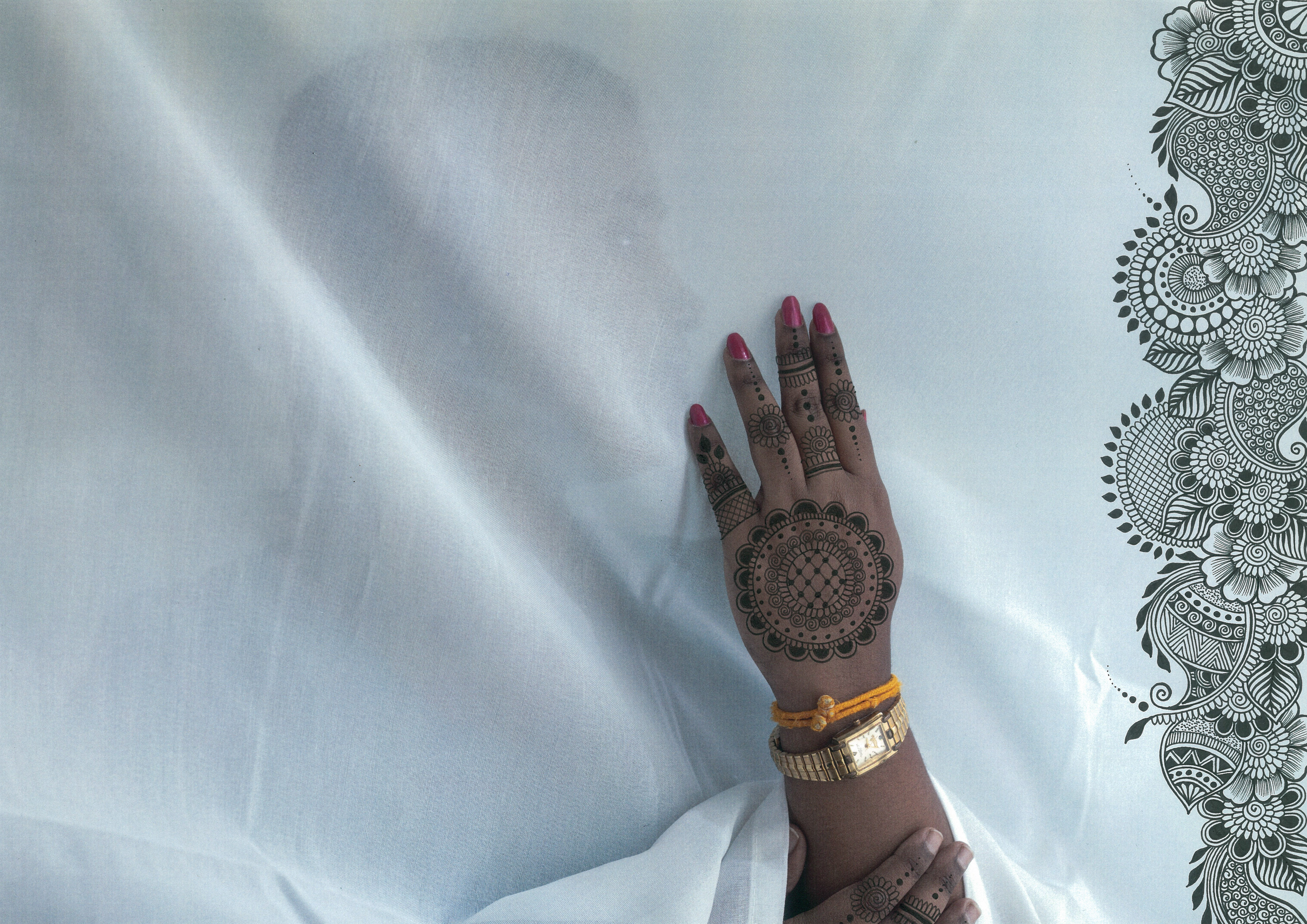
Keshini
But life in Thailand is not easy for refugees, as their status is not formally recognised or protected. They are considered “illegal”, and as such their access to formal education and employment is heavily restricted. “It is very difficult to earn a living like this [...] but as an only child, it is my responsibility to work,” says Sara.
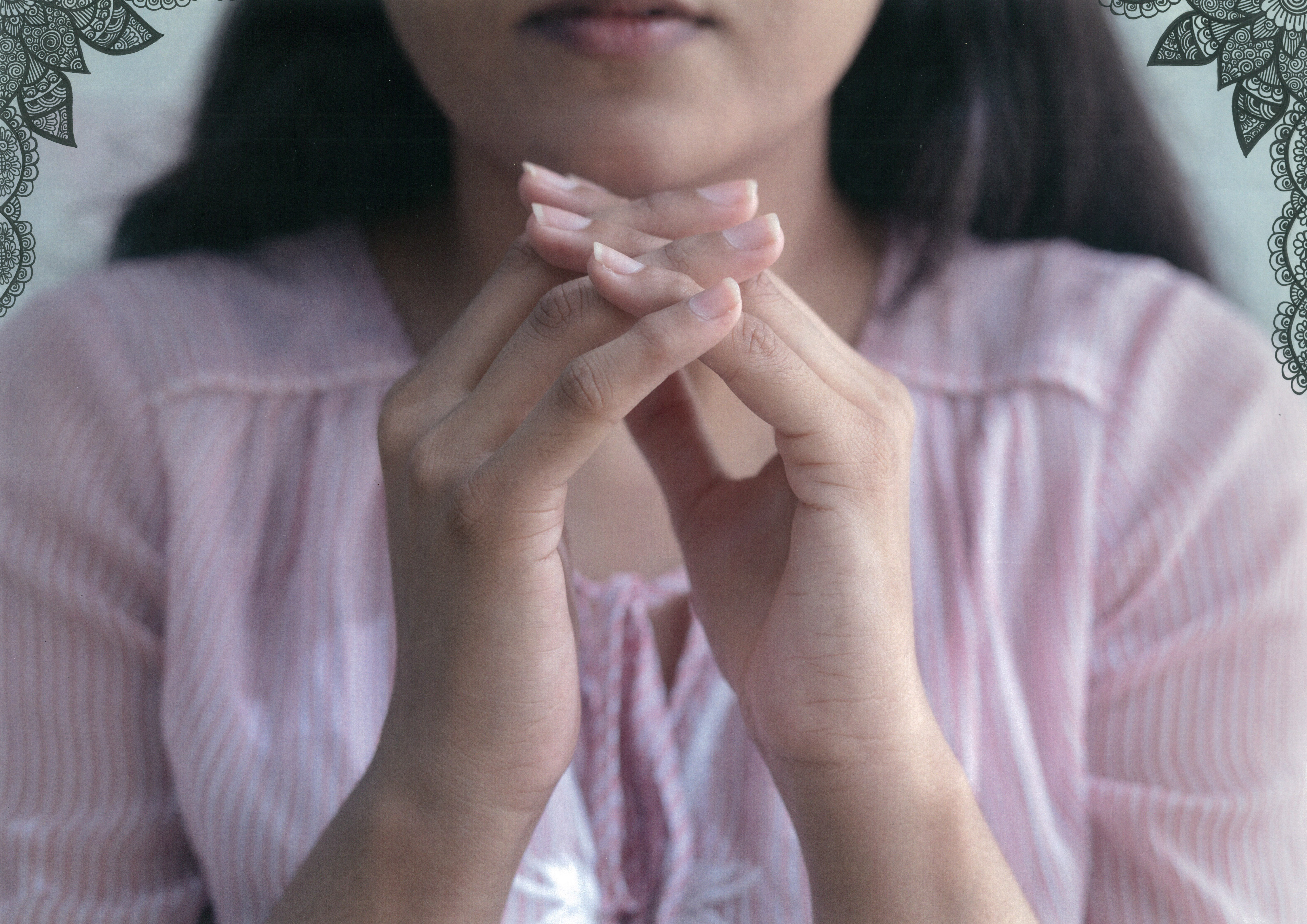
Sara
Most urban refugees heavily restrict their own movements, leaving their homes only rarely to minimise the risk of being arrested. Three years ago, Keshini and Anisha’s parents were detained and deported. "After six years of living as refugees in Thailand, my little sister and I came home to find that our parents and brother had been arrested", she recalls. "I begged the police to release my mother, who was sick and needed surgery, but I did not have enough money to pay for bail. Eventually, they had to return to Sri Lanka." Keshini stayed in Thailand with Anisha, then only 15 years old.
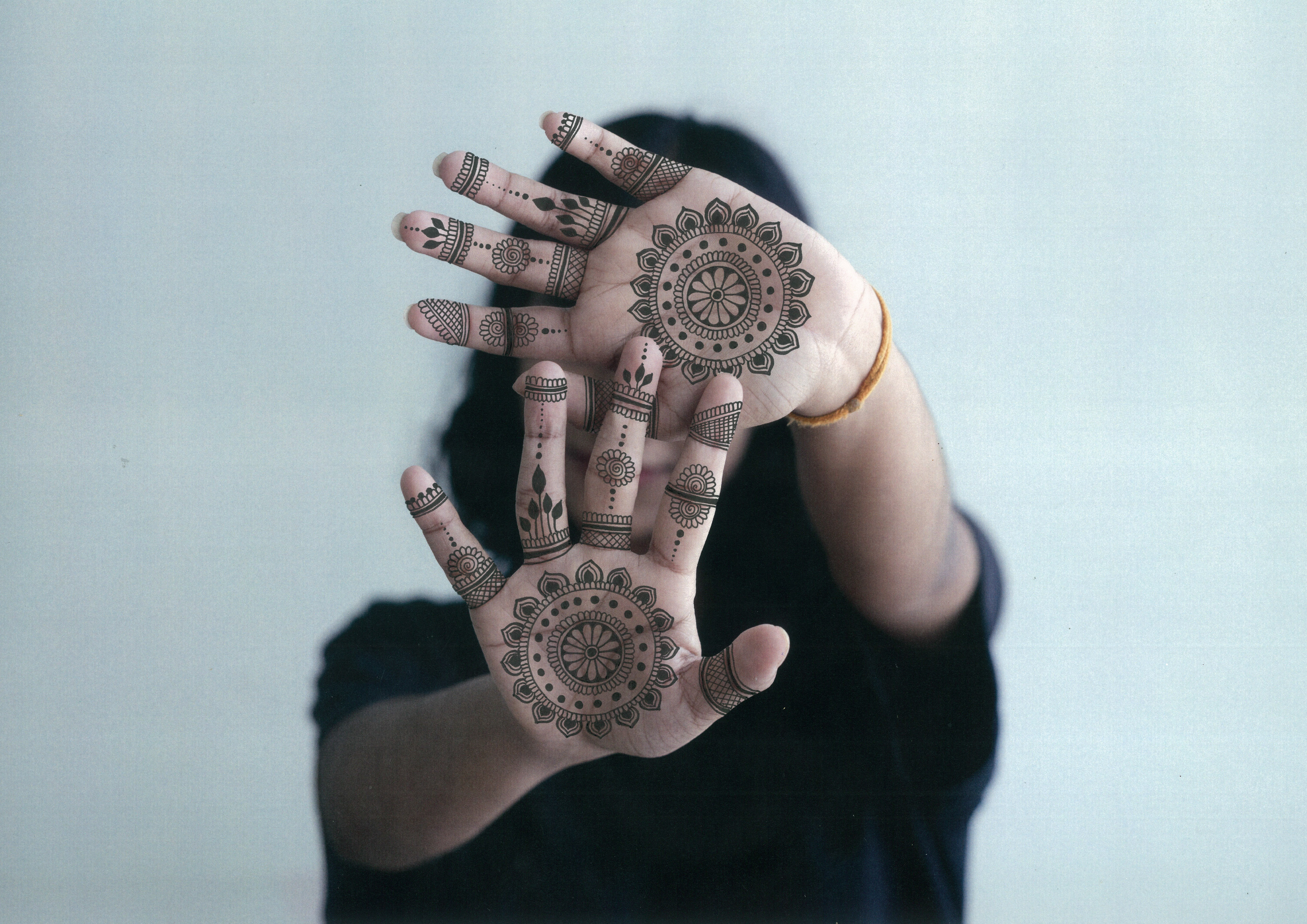
Anisha
They were able to survive, thanks in part to their selling of henna products with the support of the non-profit Asylum Access Thailand. Making henna products "provides an opportunity for us to work safely from home and still have time to study," Keshini smiles. She is currently pursuing her high school diploma and dreams of becoming a lawyer one day so she can help other refugees.
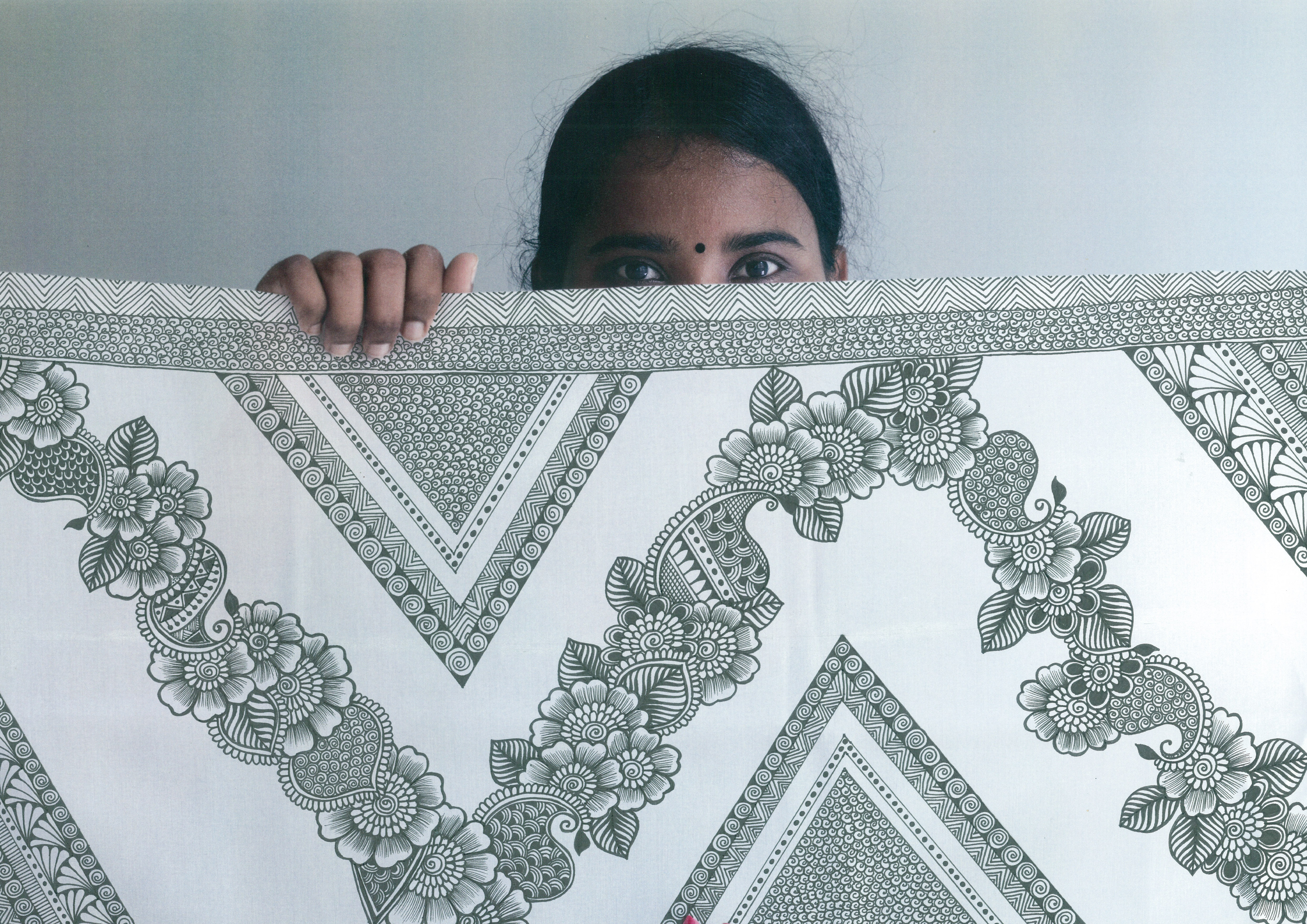
Keshini
To many of the women involved with the initiative, creating henna products is more than just a livelihood: it is a form of cultural and artistic self-expression in a context where for the most part, they are forced to hide and censor their own voices. Henna (also called mehendi) carries an important cultural meaning in South Asian countries such as Pakistan and Sri Lanka. Traditionally, women apply it to each other’s hands and feet in beautiful and intricate patterns to celebrate weddings and other special occasions.
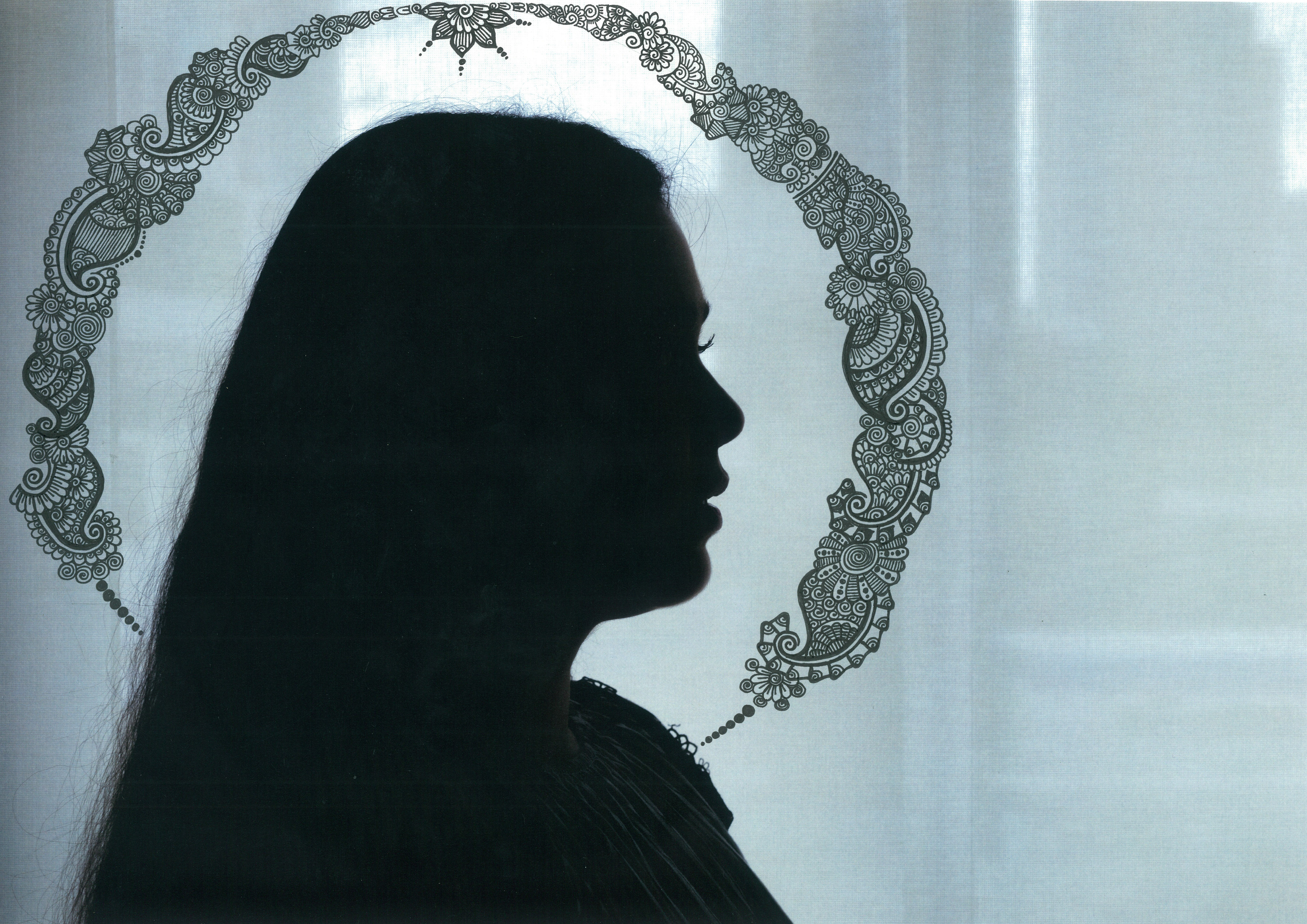
Monica
Sara says, "I love anything to do with art and creativity. Art is like therapy for me," she says excitedly, "and painting with henna allows me to earn money while I do something that I enjoy". Monica expresses a similar feeling. "I rarely leave the home [...] I find solace in my creative work". In addition to henna, she is developing her skills as a nail artist.

Anisha
When thinking about her future, Sara’s voice becomes more subdued. "Sometimes I see old friends [from home] advancing in their careers and getting married while I am stuck, and I feel quite sad,” she says. “But I also know that the challenges I have been through have helped me grow stronger".
*All names have been changed to protect the anonymity of the sources.
This portrait series aims to tell the stories of refugee women in Bangkok using a collaborative approach. It is the result of a collaboration between photographer Ana Norman Bermudez and four anonymous refugee women from Pakistan and Sri Lanka, who sell their henna-painted products with the support of the non-profit Asylum Access Thailand. The original photographs were printed on paper and then painted on by each of the women portrayed in the portraits.
Ana Norman Bermudez is a documentary photographer currently based in Bangkok and Islamabad.
Asylum Access Thailand, founded in 2007, supports refugees to strengthen their communities and livelihoods. The CHAMALiiN project trains and empowers refugee women to make a living by selling their handmade crafts.


